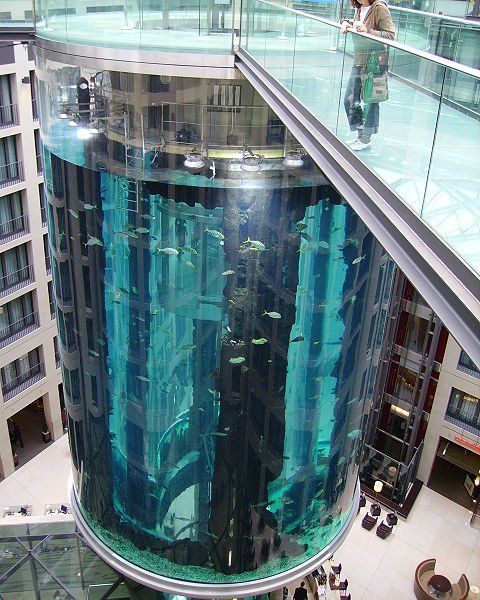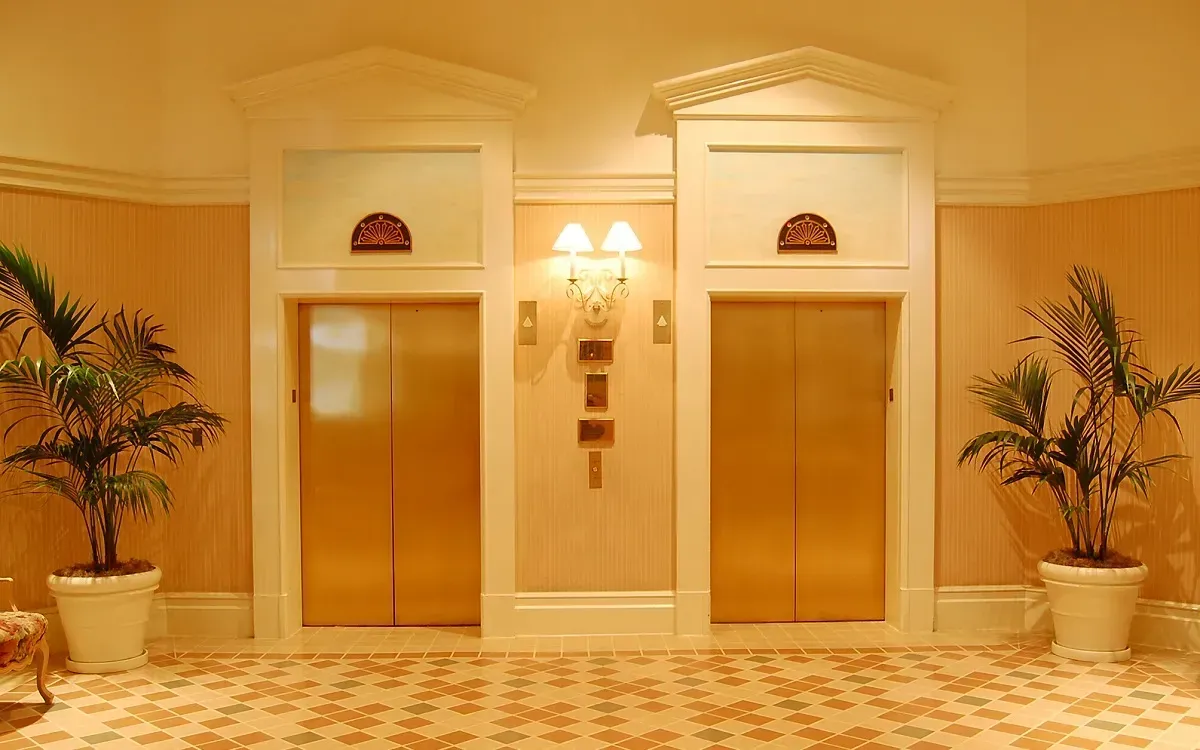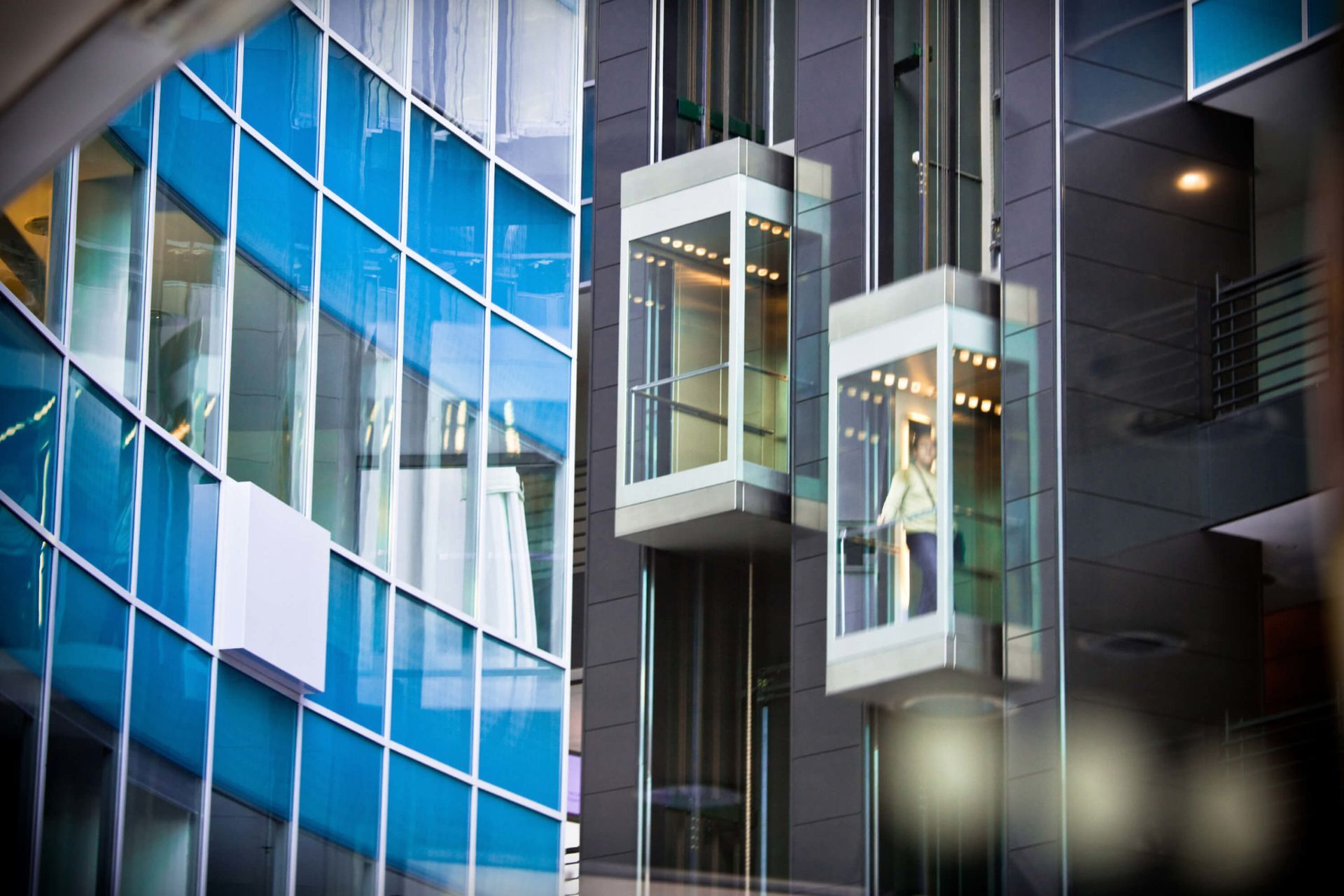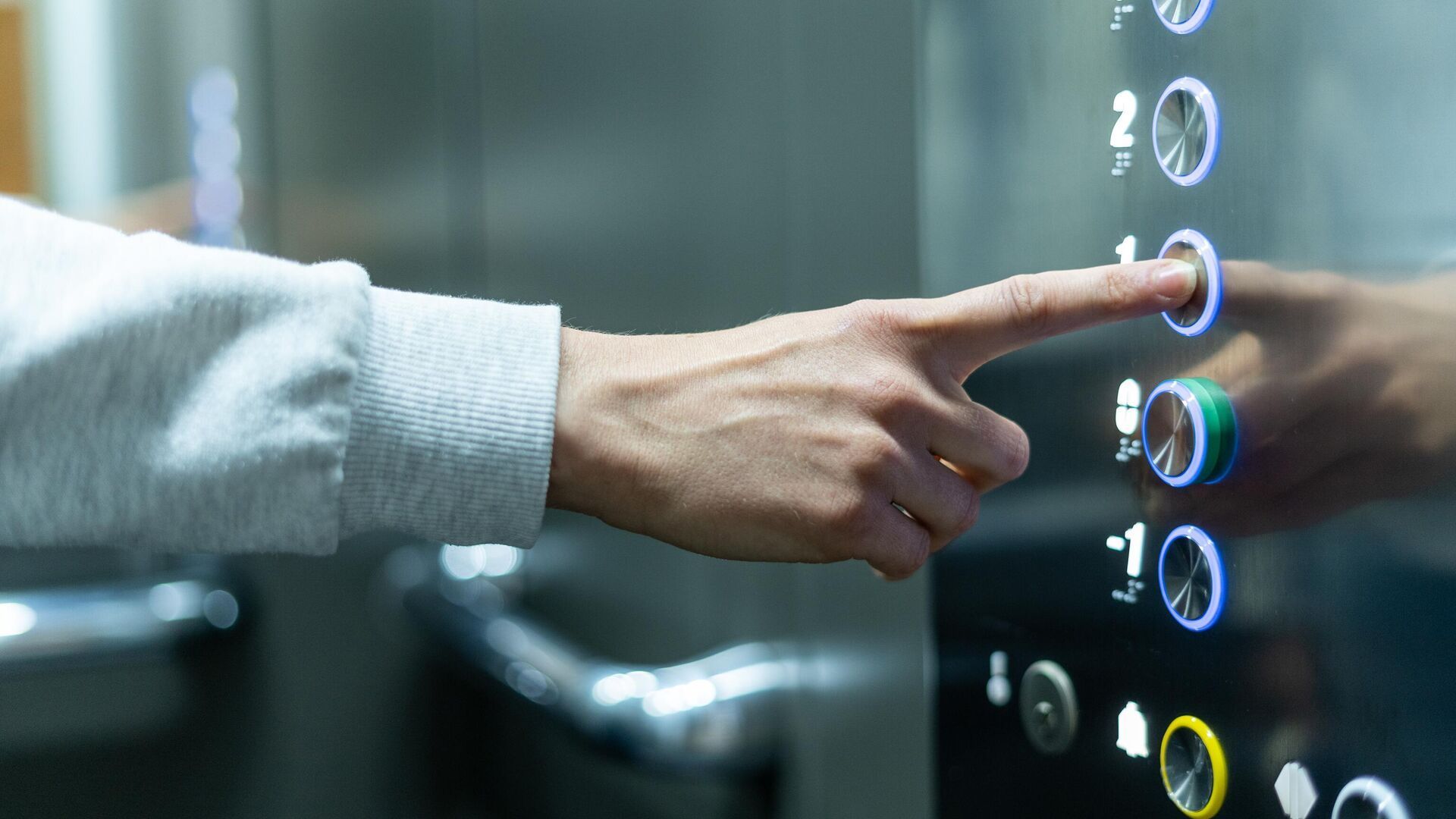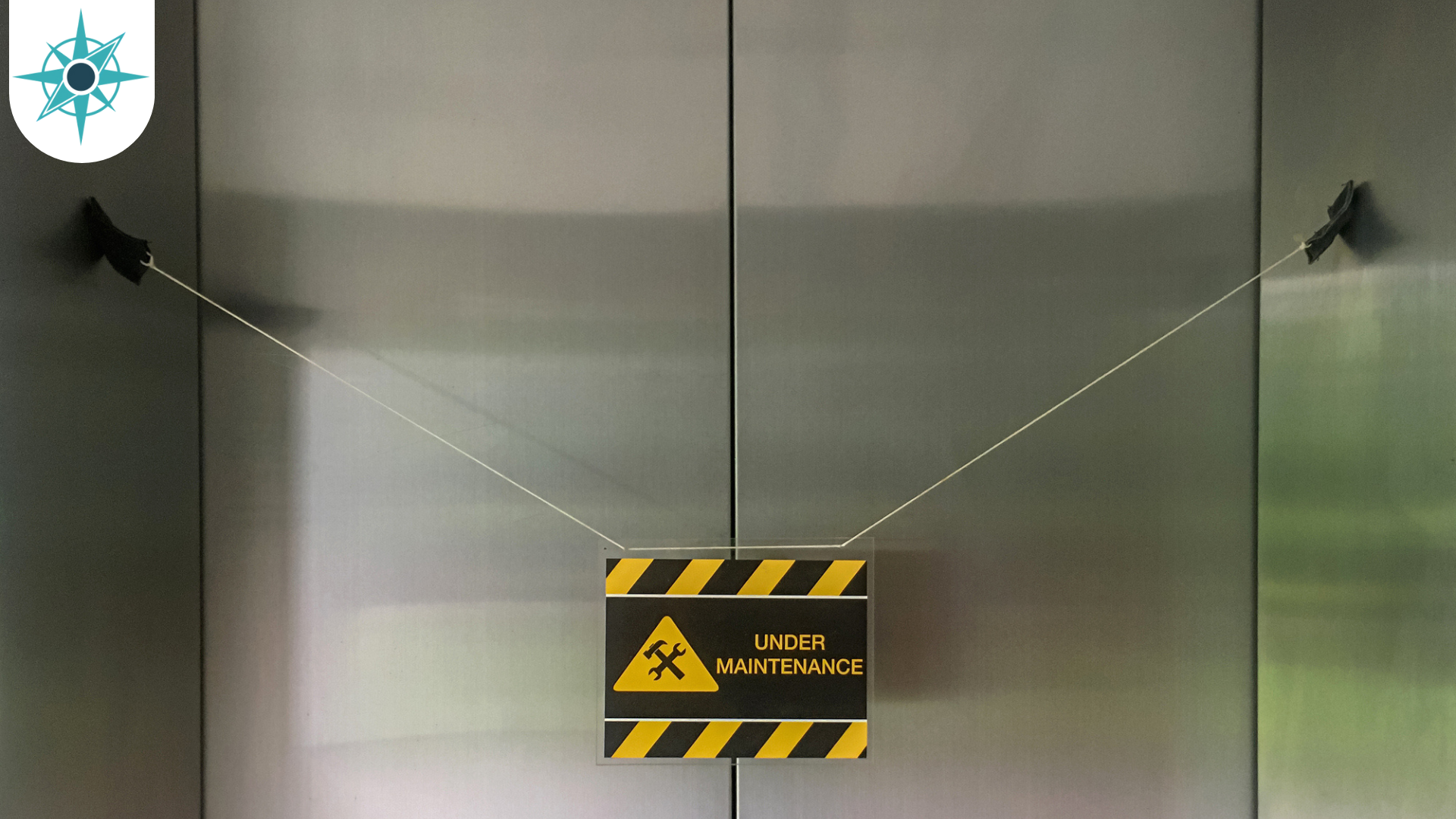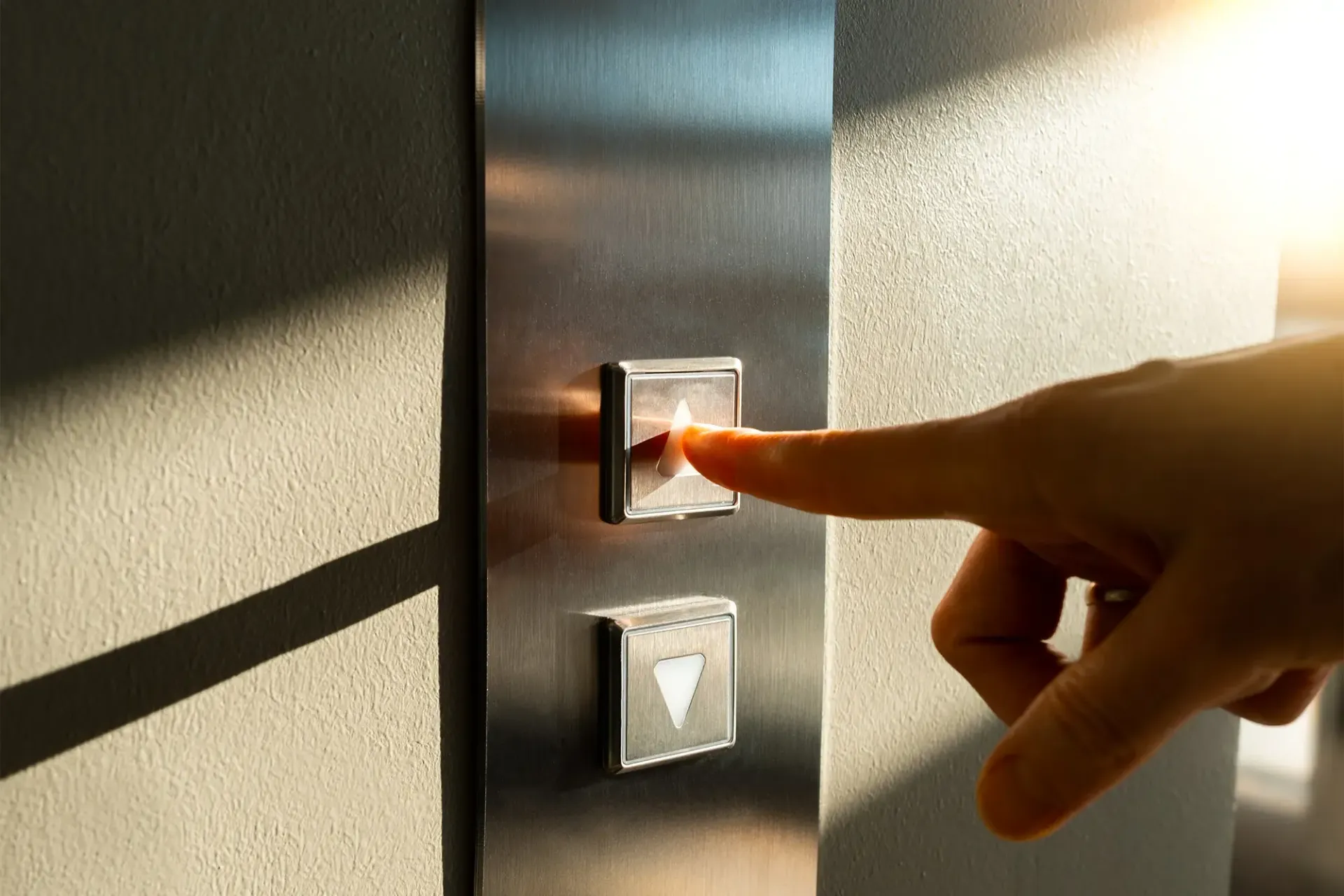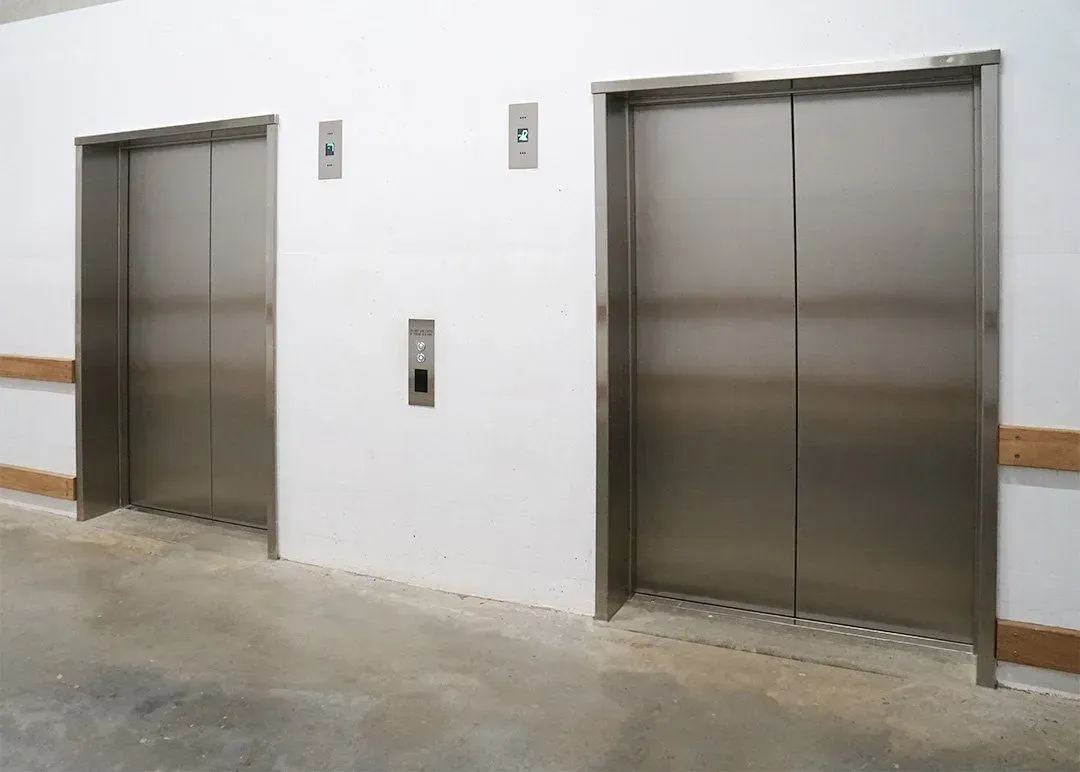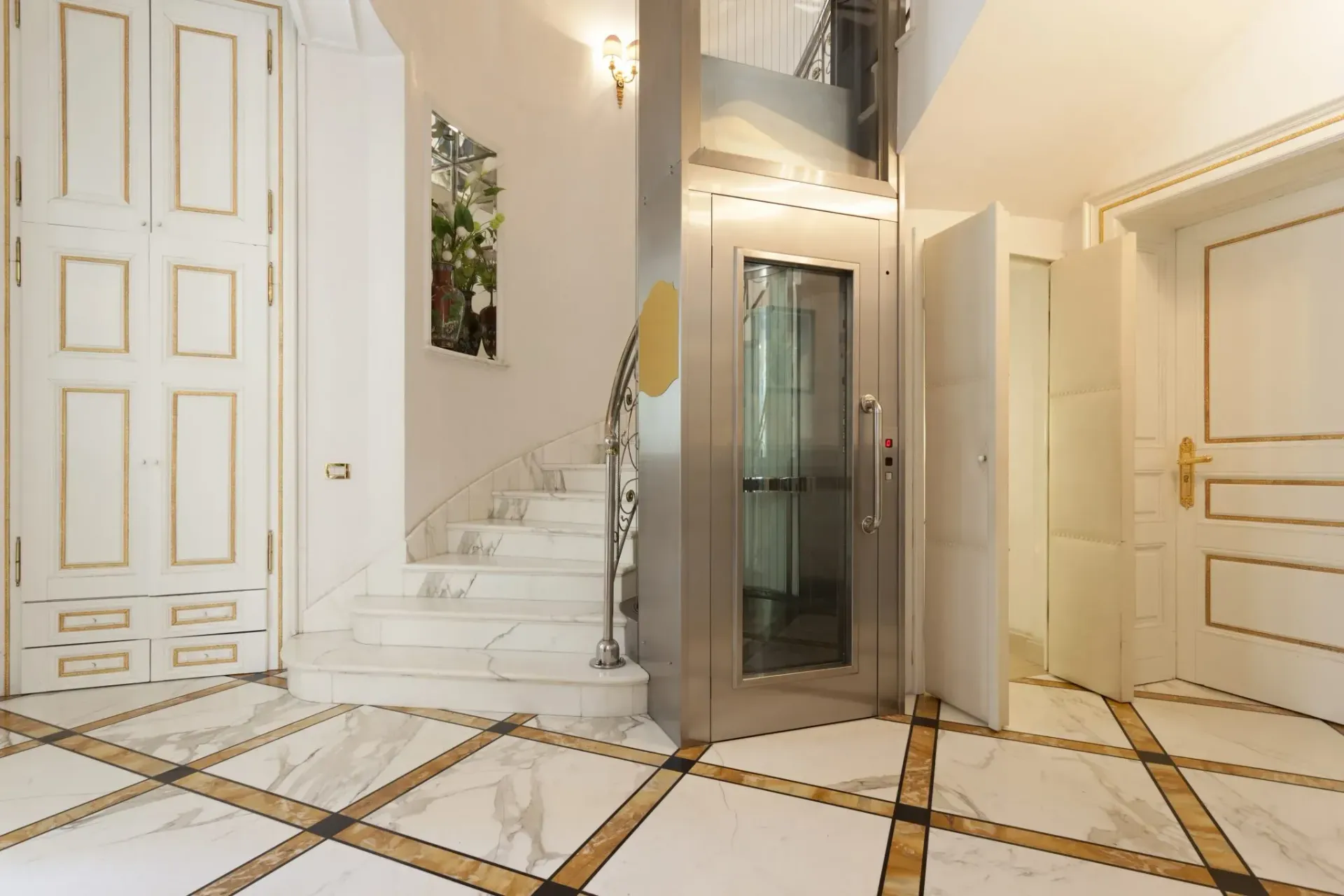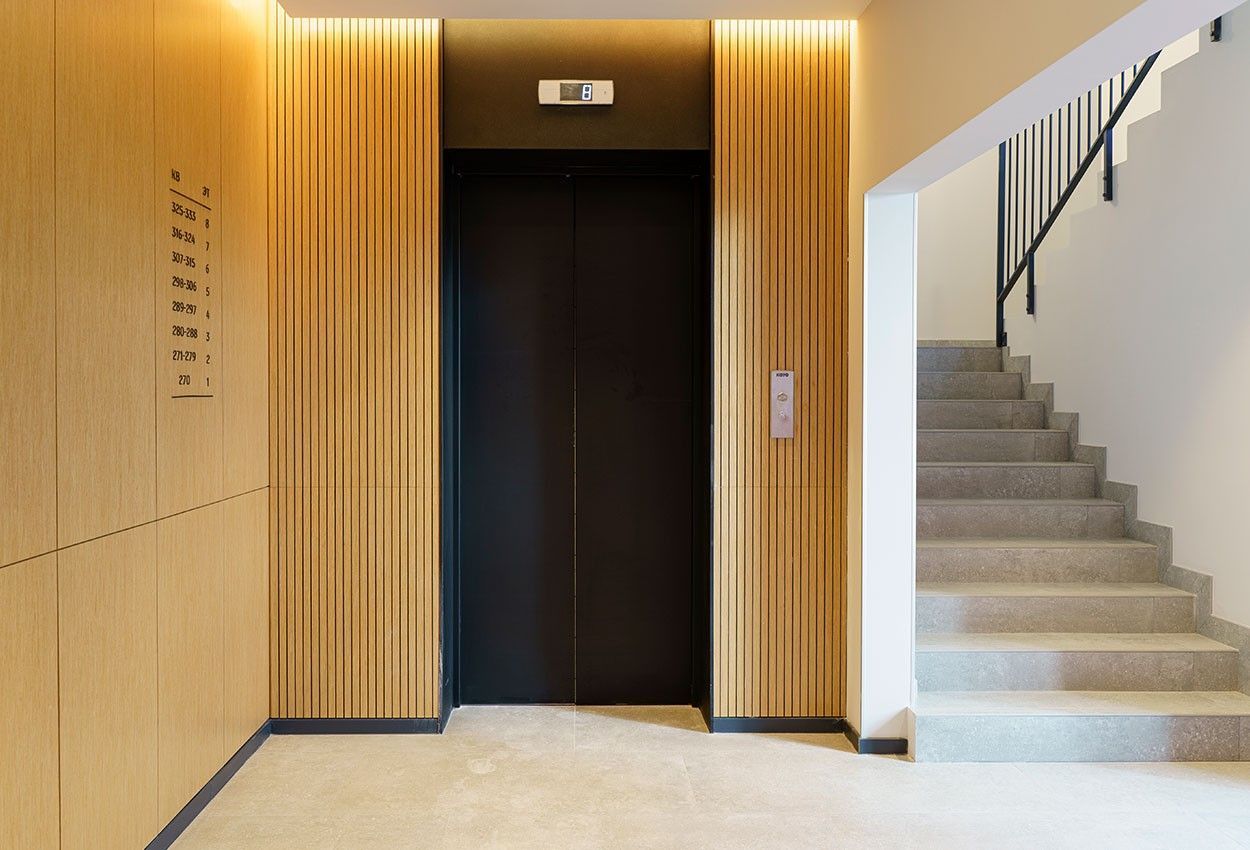The Evolution of Lifts Through the Ages
The human race has always needed efficient transportation, whether it’s horizontal or vertical, for people or for objects. It might surprise you to discover that, while they may not have looked like the ones we know today, lifts have existed for centuries!
It’s easy to overlook the importance of such everyday things. So, this blog from ADL Lift Services will take you on a journey through time, exploring the origins of lifts and each step of their evolution since then. They’re far more significant than we realise!
The Origin of Lifts
Lifts might seem like a relatively modern invention but it’s believed that they’ve been part of human history as far back as the construction of the Egyptian pyramids, which required the capacity to raise materials to greater heights than humans could lift without mechanical assistance. Several ancient civilisations devised rope and pulley systems, capstans, and other lift-like tools for construction purposes.
According to ancient texts, the Greek mathematician Archimedes created an early lift in 236 B.C. This lift was operated by hoisting ropes wound around a drum and rotated using manpower alone. It is also likely that lifts of some kind were used in ancient Rome, potentially to bring gladiators and large animals up into amphitheatre arenas from the tunnels below.
Louis XV had a “flying chair” built in 1743 to allow one of his mistresses discreet transportation between his rooms and hers - this was the first recorded instance of a lift designed solely for human passengers. He also had a “flying table” in one of his residences, which enabled the king and his guests to dine uninterrupted by servants. Whenever he was ready to eat, a table would rise from the kitchen below into the dining room with a feast already laid out on it.
The Industrial Revolution
After Louis XV’s time, the evolution of lifts remained at a standstill until the Enlightenment era, widely known as the age of scientific, artistic and technological discovery.
The next big development on the lift front was the invention of the steam engine in 1765. This was arguably the catalyst for the lifts we know today. The new invention allowed lifts to move larger and heavier loads such as coal, lumber and steel - they were also able to shift these goods further distances, as the height of buildings gradually began to increase.
In 1823, Thomas Hornor built the first steam-powered commercial lift and called it the ‘Ascending Room’. With the help of architect Decimus Burton, he opened his London Colosseum to the public in 1829, which was fitted with a passenger lift to show tourists panoramic views of the London skyline.
The Victorian Era’s Ups and Downs
From this, more technological developments emerged throughout the Victorian period, including the invention of the first hydraulic cargo lift in 1846. This mechanism used a water pump to create water pressure, which then raised and lowered the platform. These had many pitfalls, though: extensive holes had to be excavated under the lift shafts and the higher the lift had to go, the deeper the holes had to be - this proved quite the difficulty. The speed and the height of these lifts also remained limited, and the downward journey was often a rather bumpy ride.
In fact, most early lifts were no strangers to problems - the cables were very prone to breaking and so many people were too afraid to travel in lifts. This, of course, limited the extent to which they would ever catch on - unless there were further developments.
Otis’ safety lift
And there were! In 1852, the first safety lift was developed by Elisha Graves Otis, which meant that lifts wouldn’t fall if the cable snapped. He dramatically demonstrated the mechanism at the World’s Fair in 1854, having been hired by (The Greatest) showman PT Barnum. As intended, the rope was cut, the safety brake was activated, and the hoist was brought to a halt with no harm done to cargo or passengers. This theatrical demonstration showed the world that lifts were safe for everyday use.
Public confidence in the lift subsequently began to grow. Otis’ first commercial passenger lift, which was installed in a five-story department store in New York City in 1857, made skyscrapers a real possibility for the first time. In 1870, the 130-foot Equitable Life Building in Manhattan became the first office building to feature lifts from the initial design stage.
Onwards and upwards
Lifts after Otis’ safety mechanism were focused mostly on reaching new speeds and heights, and making passenger safety a priority - presumably in the hope it would increase their popularity. In 1880, the first electric lift was created by Werner von Siemens, which brought the speed and height everyone had been waiting for to the table.
In 1887, the first lift with an automatic door was created and, in 1894, the first hydraulic lift with push buttons (and without an operator) was invented. By the turn of the 20th century, what was once an unreliable, little-used industrial tool had become an increasingly accessible and viable means of transporting either cargo or people, and doing so across much greater distances than ever before.
The building widely accepted as the first skyscraper, built in Chicago in 1885, had four lifts to transport its visitors up and down its ten floors. This marked the beginning of lifts as a core feature of architectural design going forwards, therefore changing architecture and the world’s skylines forever.
The Modern Age of Lifts
By 1900, completely automated lifts were available, thanks to developments in the electric technology first introduced by Werner von Siemens in 1880. However, some passengers were still reluctant to use these automated incarnations of lifts.
The modern electric traction lift was developed throughout the first couple of decades of the 20th century and remains in use today.
Cultural impact
During the art deco era of the 1920s, avant-garde architects decorated the New York skyline with iconic residential buildings - buildings that wouldn’t have existed had the lift not been invented. The once undesirable space at the top of a building became coveted by all and sundry, with many being turned into glamorous, luxury apartments now known as penthouses.
Top floors which had once been home to servants, the poor, or even just clutter and decades of dust were now the most sought after spaces available - none of which would have been possible without the invention of the modern lift.
The Empire State Building was symbolic of this new era. It opened in 1931 and boasted a lift which travelled at the unprecedented speed of 1,200 feet per minute. This lift was built and installed by none other than the Otis Elevator Company, and the instantly recognisable building now has a whopping 73 lifts - some of which have featured in iconic films such as Sleepless in Seattle (1993) and Elf (2003).
Boosting passengers’ confidence
The widespread adoption of automated lifts didn’t occur until the mid-1940s, when the elevator operators of New York City went on strike and lifts became equipped with an emergency stop button, emergency telephone, and an automated voice to explain things to passengers in an attempt at reassurance - lift music was also introduced for the same reason.
Mirrors were installed in order to distract people from their fear, make the space seem larger and therefore less claustrophobic, and also to make people think the journey was faster than it was. Without this, there’d be no lift selfie opportunities or the chance to check your hair before stepping into the office every morning!
The Lifts of Tomorrow
With technology booming more than ever before, the reign of the cable-dependent lift may soon be at an end. Buildings are constantly becoming taller and taller, and the need-for-speed is as insatiable now as it was in Otis’ time.
A Finnish company has designed and built lifts using carbon-fibre ropes strong enough to enable travel across 2,165 feet - that’s more than double the height of The Shard, the UK’s tallest building.
A company based in Germany has designed a lift which uses magnets instead of ropes and can move multiple cars in the same shaft, as well as moving them both vertically and horizontally. This system could revolutionise lift technology going forwards, as it saves space and uses less energy.
NASA believes that a lift into space may even be possible in the near future!
ADL Lift Services Ltd provide reliable lifts across the UK
While we might have to leave the space travel to NASA, the experts here at ADL Lift Services can offer a wide variety of lift solutions, including servicing, installation and modernisation. With combined experience of over 80 years, you can be sure that your project will be in good hands. Get in touch today to find out more about how we can help you.


